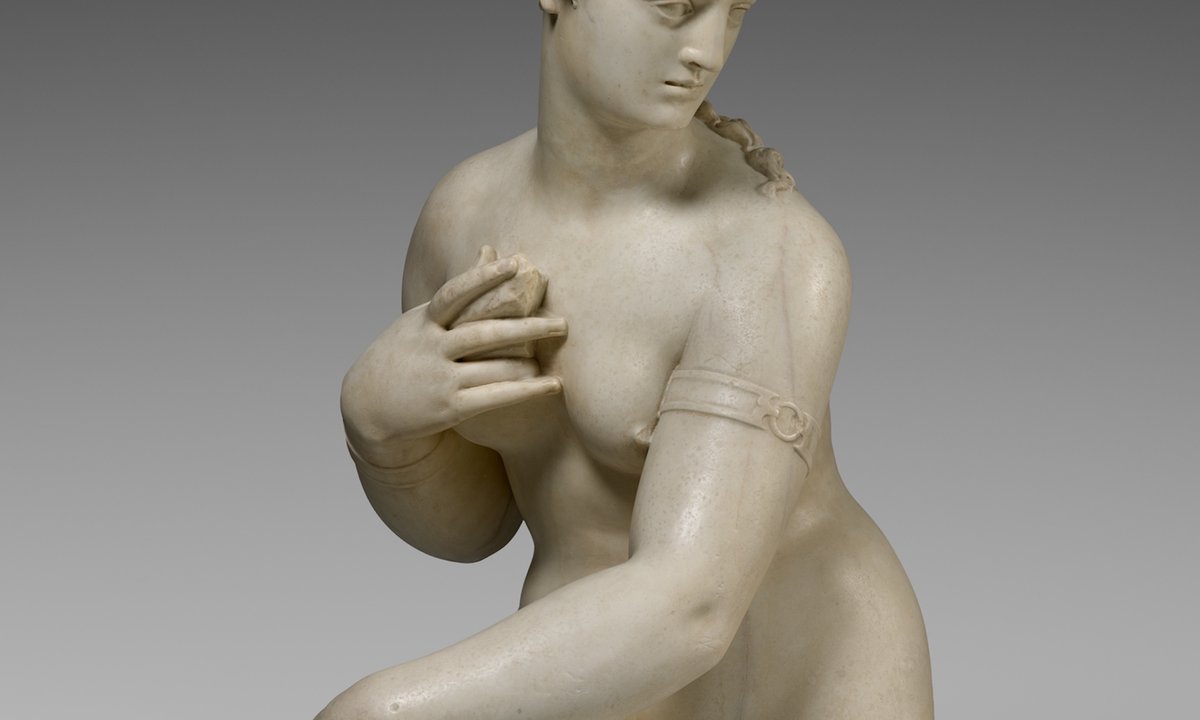
"At a Christie's auction in 1989, a seemingly unremarkable marble sculpture was identified by Patricia Wengraf as Giambologna's 'Fata Morgana', once deemed lost."
"The Cleveland Museum of Art's recent acquisition of Giambologna's 'Fata Morgana' is one of the most significant purchases made by the museum in over a decade."
"Giambologna created 'Fata Morgana' for a grotto at a Medici villa, showcasing his exceptional skill as a Mannerist sculptor prized by the Medici family."
"This acquisition adds to the museum's collection of rare works, as only twelve of Giambologna's marble sculptures survive, highlighting the importance of the piece."
In 1989, a marble sculpture misidentified at auction as a lesser work was recognized by dealer Patricia Wengraf as Giambologna's 'Fata Morgana', a significant 16th-century piece. Sold to a private collector, it was recently acquired by the Cleveland Museum of Art, marking one of the museum's most important purchases in decades. This piece, created for a Medici villa grotto, is among the rarest surviving marbles by Giambologna, with only two existing in the US, demonstrating its historical and artistic significance.
Read at Theartnewspaper
Unable to calculate read time
Collection
[
|
...
]